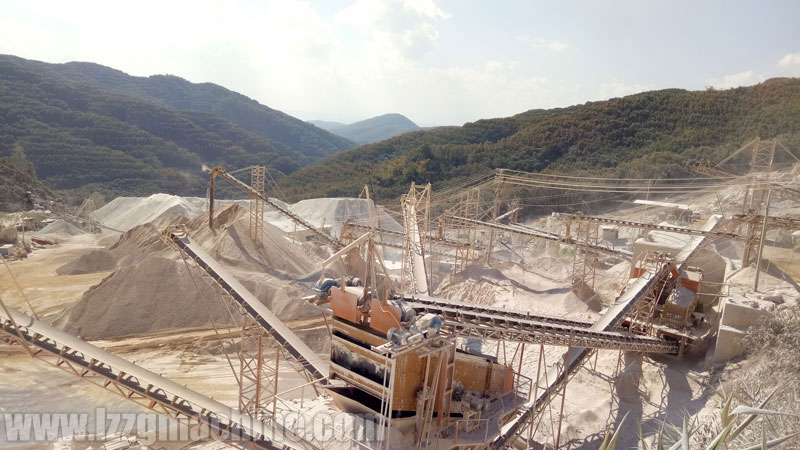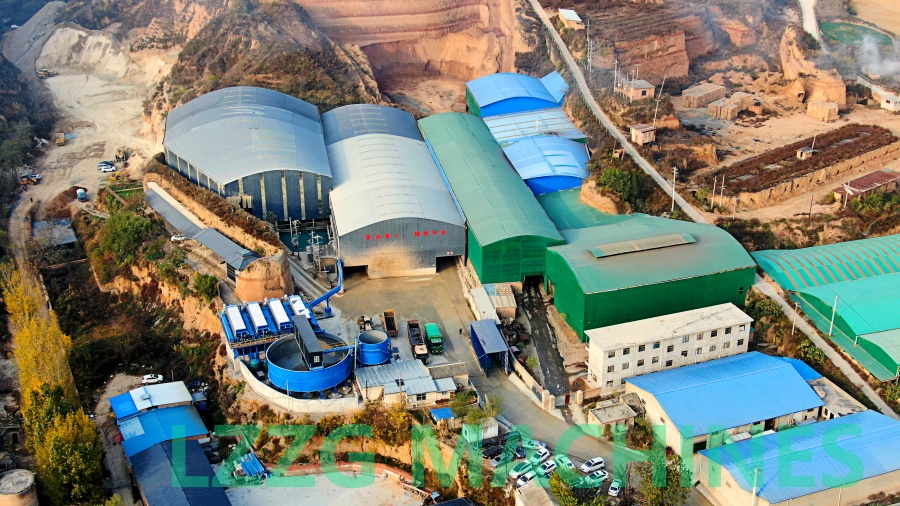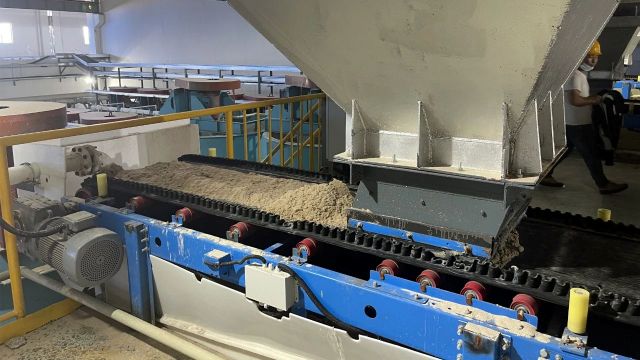Exploration on Filling Technology of Mine Tailings Waste
 November.12,2020
November.12,2020
While mining provides raw materials for industry, it will inevitably damage the surface environment and bring safety hazards. The discharge of solid waste from mines encroached on a large amount of land, causing the deterioration of the ecological environment and the loss of a large amount of valuable metal and non-metal resources. The use of mine waste filling technology can not only fully and safely recover resources, preserve prospective resources, prevent surface collapse, but also reduce the discharge of waste to the surface. It is to make full use of tailings resources to develop land, energy, materials, and environmental benefits. A direct and effective way to waste.

Common mining filling process
1 Grading tailings filling The grading tailings filling process was once the most widely used filling process in my country, including grading tailings cemented filling and non-cemented filling. The mass concentration of filler slurry is 65%~70%, and the dehydration volume of the filling stope is 30%~15%. The utilization particle size of classified tailings is generally above 37μm, and the utilization rate of tailings is about 50%.
2 High-concentration whole tailings cemented filling and filling aggregates are made of unclassified whole tailings in the dressing plant. The so-called high concentration refers to the maximum concentration of the whole tailings sedimentation in still water. The mass concentration depends on the specific gravity, particle size and composition of the whole tailings and the compressed thickness. The volume concentration mainly depends on the particle size and composition. Cementitious materials are mainly cement or its substitutes, such as industrial waste residues such as slag and dry fly ash. With the help of pipeline transportation, the mass concentration is 70%~75% and the volume concentration is 43%~50%, the filling multiple line is 3~4, and the stope dehydration volume is 3%~6%.
3 Paste pumping, cementing, filling, and filling aggregates include full tailings, top frosting, fly ash, ordinary Portland cement, ground slag, etc. The concentration of the prepared filler slurry is 75%~80%, the slump is about 20cm, and the dehydration of the filling stope is almost zero. The filler slurry of this concentration becomes a paste, which is difficult to transport by itself and generally requires pumping. Paste transportation generally uses concrete biaxial mixing tanks and concrete pumps. At present, the highest pressure of pumps produced at home and abroad is 15.0MPa~20.0MPa, when the delivery volume is 40m3/h~60m3/h, the maximum horizontal distance is 1 500m, or the maximum The vertical conveying height is 200m.
4 Waste stone cementation filling Waste stone cementation filling often uses natural graded crushed materials and excavated waste rock as fillers, and the cementitious material uses pure cement slurry or cement mortar. The cemented filler slurry is transported to the underground stope through pipelines. The waste rock is generally conveyed by a variety of conveying methods, such as artesian conveying, belt conveyors, scrapers, etc., which are selected according to the actual situation on the site. Large-scale waste rock cementation filling mainly adopts the self-leaching mixing process, and the stope prepares cementation mixture. This method has higher filling strength, but low efficiency.
Other filling methods
According to the actual situation of the mine, make full use of other industrial waste residues (such as red mud from bauxite, phosphogypsum from phosphorite, fly ash, smelting slag, etc.) and local materials with abundant production, such as river sand, sea sand, river sand and Wind sand and other materials are used as cementing materials and aggregates to make filling slurry according to a certain proportion and concentration. Then it is transported to the goaf through filling boreholes and underground pipelines for filling.




